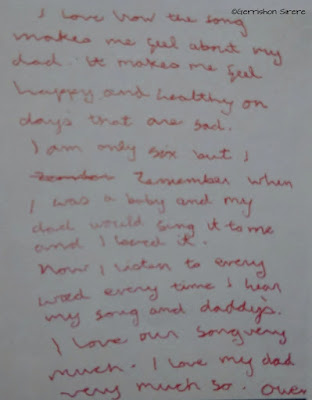
You undoubtedly know of Lolita, the controversial 1955 novel by Vladimir Nabokov. You're also likely familiar with the Tokyo-born style subculture of the same name that consists of ruffled petticoats, lace hair bows, and pink parasols. Despite the little-girl attire and coquettish sensibilities, Lolita the style and Lolita the book come from completely different places.

Originating in Japan in the '70s, Lolita fashion was a reaction to the contemporary trend of showcasing a woman's body through formfitting clothing. This was a way to set their own rules about getting dressed, engaging with their clothing, and what was considered a "good" outfit. Small communities grew throughout Tokyo, an industry sprouted up to accommodate demand, and pretty soon, Lolita fashion became renowned beyond the streets of Harajuku.
So, when we found a group of young women in Amsterdam who get together to dress up in Lolita gear, we weren't all surprised. We visit a group of women in The Netherlands who've come across a newfound confidence in a style that's traveled halfway around the world to find them.
"When I was little I was the typical girl who wanted to be a princess. It's not like I'm still a little girl who still want to be a princess but I just really love dressing up like this. My outfits are a kind of walking piece of art where I can just make it into whatever I want.
-Katie
During my 24 hour lay over in Amsterdam, I waste my time wisely by searching for a group of women taking their fashion cues from an era of purity and hyper femininity.
The Lolita subculture may have originated in Japan but this style takes its inspiration from the silhouettes and modesty of the Victorian era in Europe. Now, the lolita fashion style has come full circle back to a country with one of the most active fashionistas.
Who are these Lolitas and why do they choose petticoats over t-shirts and jeans?
I'm on my way to a wonderland of frills and bows, a hub of the Lolita community here in the Netherlands.
I'm about to meet a Lolita who has forged her own direction. She's never
really liked rules perhaps that is why her things stand out. In the Lolita community Linda Friesen is a fashion designer who has been working with the Lolita style since 2007.
Linda's distinct style may draw more from the Lolita's European roots than the Japanese subculture that first attracted her.


"I fell in love with the clothes because, they looked very rich like something I would want to wear. It gives you the chance to become that fairytale princess for that day. It changes your whole demeanor.
I've gone from being some grungy hipster to being incredibly ladylike."
-Linda

Katie has organized the petticoat and tea party with girls coming from as far away as Luxembourg and Germany to celebrate their personal style in a like-minded community.
"I always wanted to wear black clothes and then I suddenly discovered this style and I was like: this is what I want from life.
It enhances who I am rather than it hides who I am. It's just this group of really open-minded people and they don't really judge because they know what it's like to be judged. I like to come to the Netherlands a lot because people here are more open minded."
-Cathleen

When I arrived, I thought Lolita style might be a simple statement against an over sexualized modern-day culture but what I found instead is a longing to reconnect with a bygone femininity and fairytale atmosphere. As a group, they found strength through friendship and a fashion that creates a world that's just for them.






















